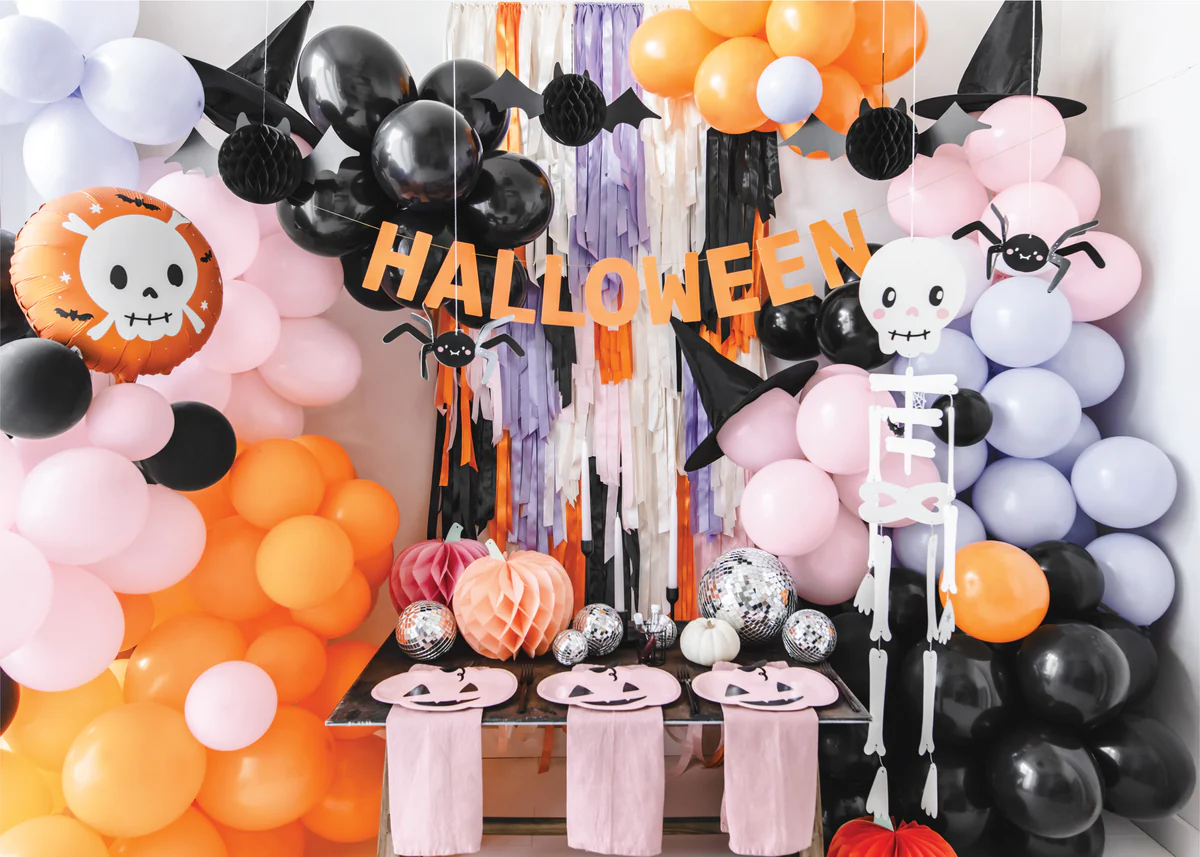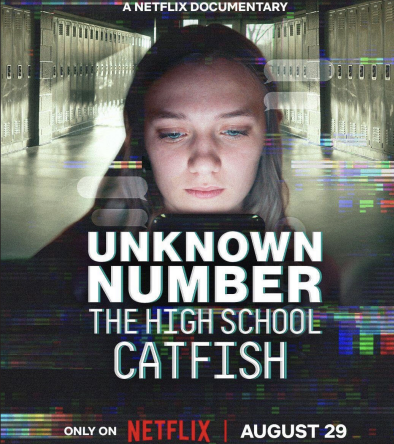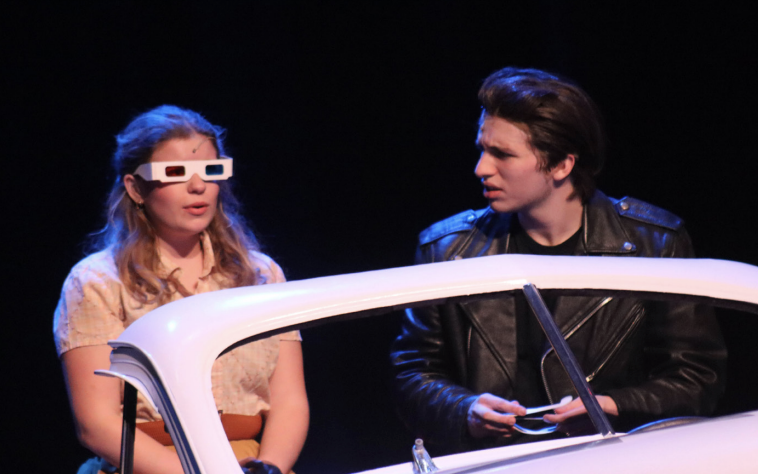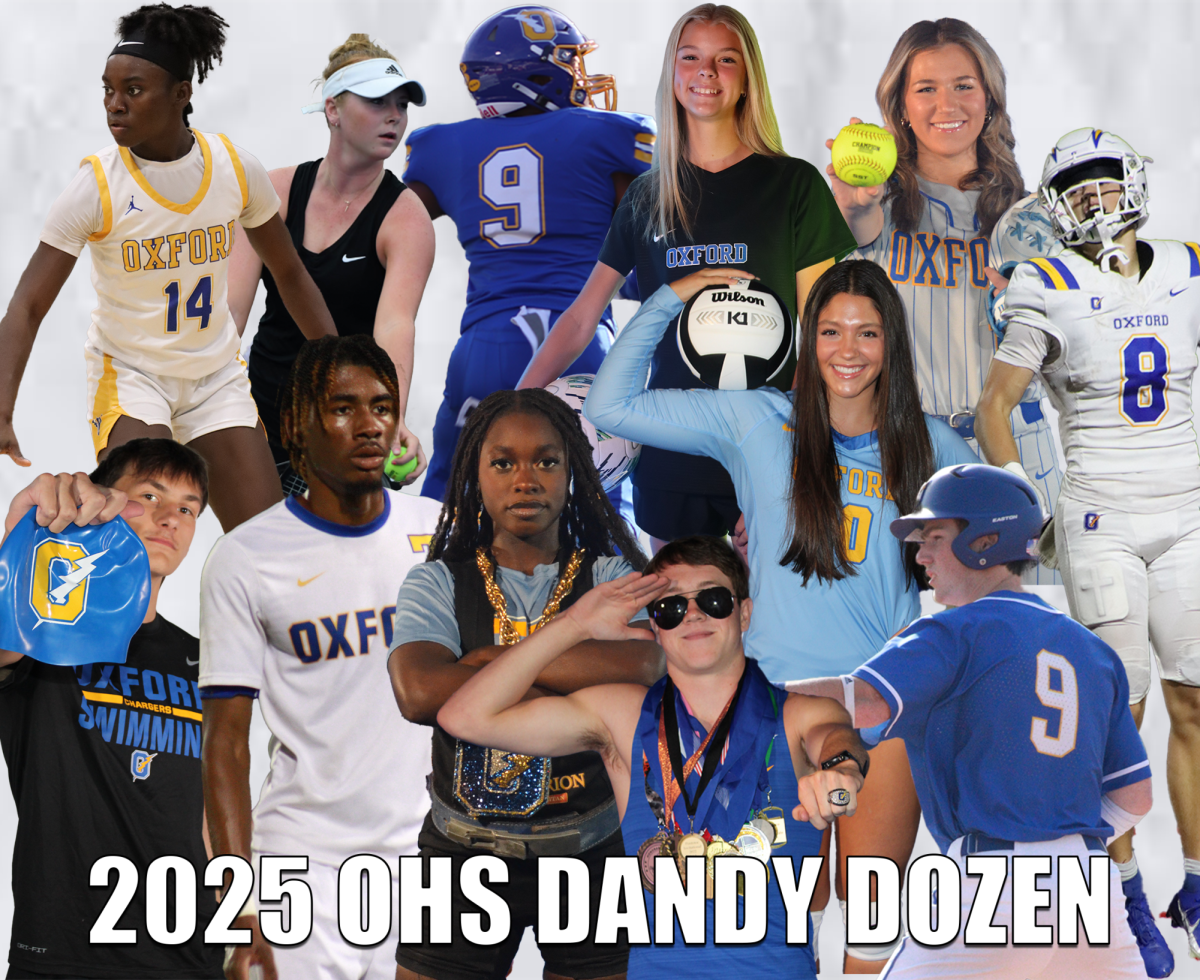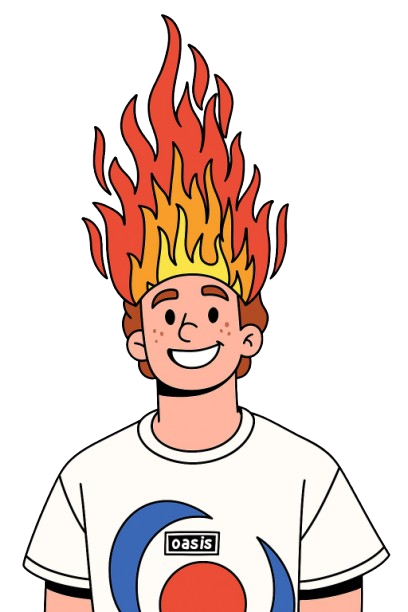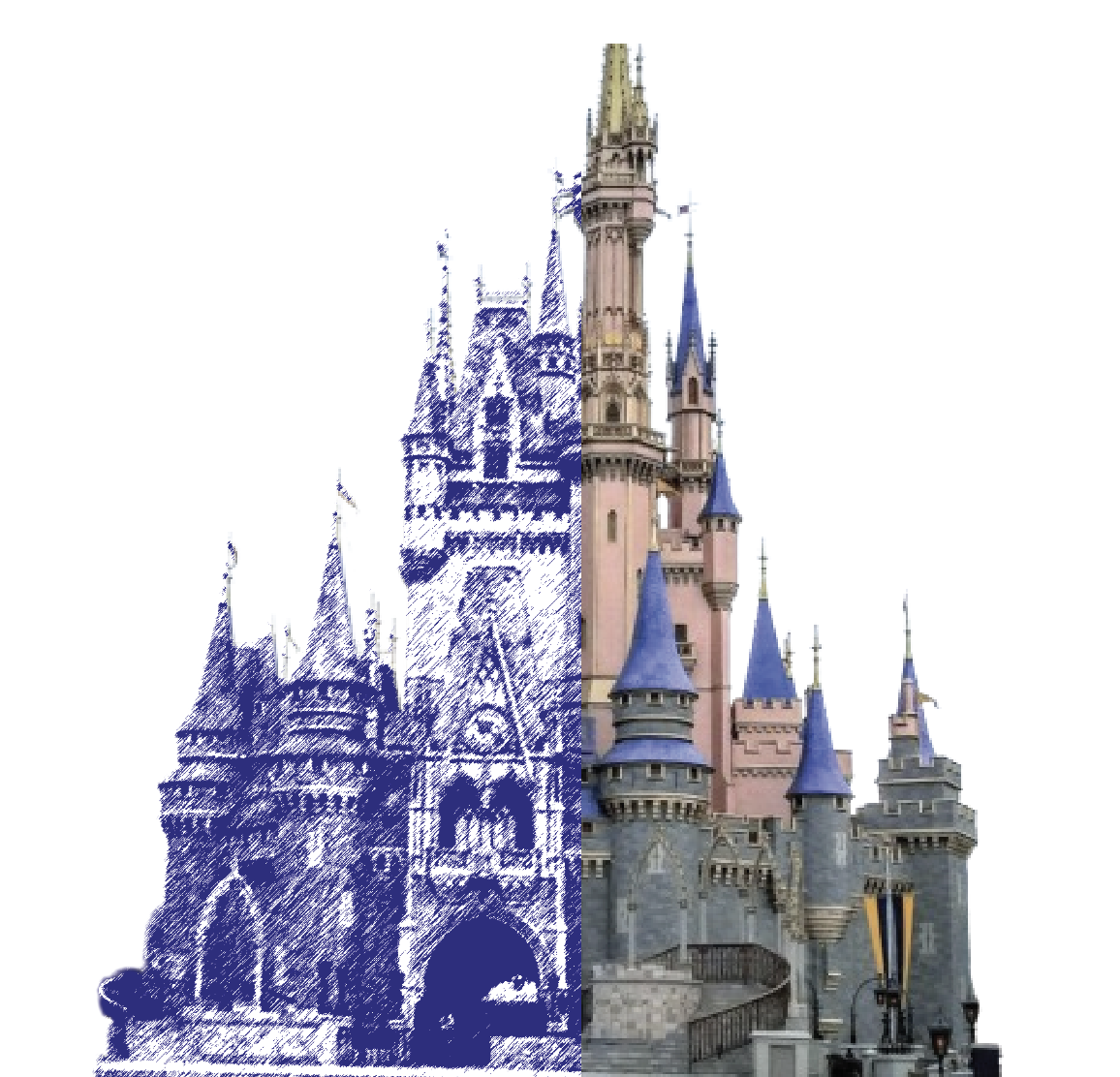The cool October air is a sure sign that Halloween is right around the corner. This year, instead of rushing to pumpkin patches or haunted houses, people rush to dollar stores to fill their carts with plastic pumpkins and tacky, talking witches found lined up beside the turkey signs, fake Christmas trees, and inflatable Santas.
Recent trends have shown two things in regard to Halloween: all-time high Halloween spending, and all-time low Halloween spirit. An article from the Atlantic said, “As stores fill their shelves with costumes and decorations months in advance, the once magical excitement of Halloween feels more and more like a marketing blitz.”
Teenagers play a major role in this demographic shift of Halloween spirit. This is largely due to a growing emphasis on social media trends surrounding the season. Teenagers dress up for fall-themed photo shoots instead of trick-or-treating, buckets of Halloween candies collected from house to house are replaced by themed snack boards for at-home movie nights, and pumpkin carving is disregarded for the latest Halloween D-I-Y craft. Some may argue that this is simply a shift in how people celebrate. As teenagers get older traditions such as dressing up and running between houses for candy do seem childish. But, the drastic change of what Halloween represents from only a decade ago to today, is not a change in celebration but a loss of Halloween spirit.
If you take out the key characterstics of Halloween–the excited rush of trick-or-treaters, the scary costumes and decorations, the eeriness late at night, and the sugar high–all you are left with is the plastic pumpkins and tacky decorations from the dollar store. The spirit of Halloween is getting buried under rapid-fire trends. After all, if you are only dressing up and doing pumpkin-themed crafts for the sake of a TikTok video or Instagram post, it is hard to really consider that a celebration at all. Furthermore, statistics from the National Retail Federation, Statista, and Mintel show that, while over 70% of kids under the age of twelve planned to celebrate Halloween in some way, less than 20% of teenagers said the same. This is an almost ten percent decrease since 2010.
For teenagers and production industries alike, Halloween has become a material-centric holiday and a way to boost profits. Big companies capitalize on the idea of a “trendy Halloween” and cater to the teenagers who are looking for new, aesthetic ways to celebrate as they get older. One example of this is the color scheme of Halloween decorations this year. Instead of the traditional orange, black, green, and sometimes purple, Halloween aisles everywhere are filled with oranges, whites, and pinks. Pink is specifically trending in halloween décor, although it has never been associated with the Halloween color scheme before. Companies are targeting a specific audience of young adult girls and piggybacking off of trends, such as the recent popularity of the “coquette” style, which is symbolized by a pink bow. These decorations are certainly cute and wholesome, but they seem out of place for a holiday originally centered around spooky spirits and traditionally celebrated with scary monsters, dark colors, and fear. The National Retail Federation said, “While spending is at an all-time high, there’s a sense that the genuine spirit of Halloween is being overshadowed by commercialization.” In an article from the New York Times it was said that, “as Halloween becomes increasingly commercialized, many families report feeling less excitement and more pressure to keep up with trends.”
Many holidays have been impacted in similar ways by commercialization. Companies are eager to maximize profits and drag out the season of holiday spending as long as possible, filling their shelves with decorations months in advance. You will often find Christmas displays in stores as early as the beginning of October, and Halloween decorations laid out as early as late August. This overlap of seasons blurs the lines between each unique holiday and blends the seasons together. It does not feel like spooky season when people are surrounded by Christmas trees and turkeys for weeks prior to Halloween. The early onset rush for consumer dollars overshadows the charm and uniqueness of each individual holiday. This battle for profit diminishes spirits and can make people feel more stress than excitement when it comes to holiday shopping.
Due to materialistic spendings, social media, and new trends the spirit of Halloween is wavering. This leaves the question of whether this “new Halloween” is just a shift in celebration or an abandonment of the traditional holiday. So, while participating in the latest spooky-themed trends or filling carts with plastic pumpkins, stop to think about what Halloween really represents, and maybe even stop by a pumpkin patch for a real pumpkin.



